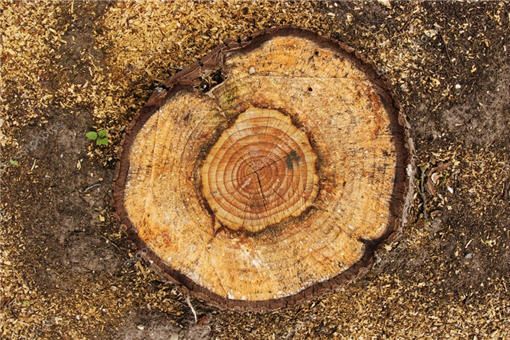Contrary to popular belief, tree roots cannot normally penetrate a building’s foundation. They can, however, cause damage by penetrating through pre-existing cracks. Large root systems that extend beneath a house can cause foundation uplift, and roots can leach water from the soil beneath foundations, causing the structures to settle and sink unevenly.

Ensuring Trees and Buildings Live Well Together
Trees are generally a desirable feature of home and commercial landscaping, however they can pose a threat to buildings and other structures in a number of different ways.